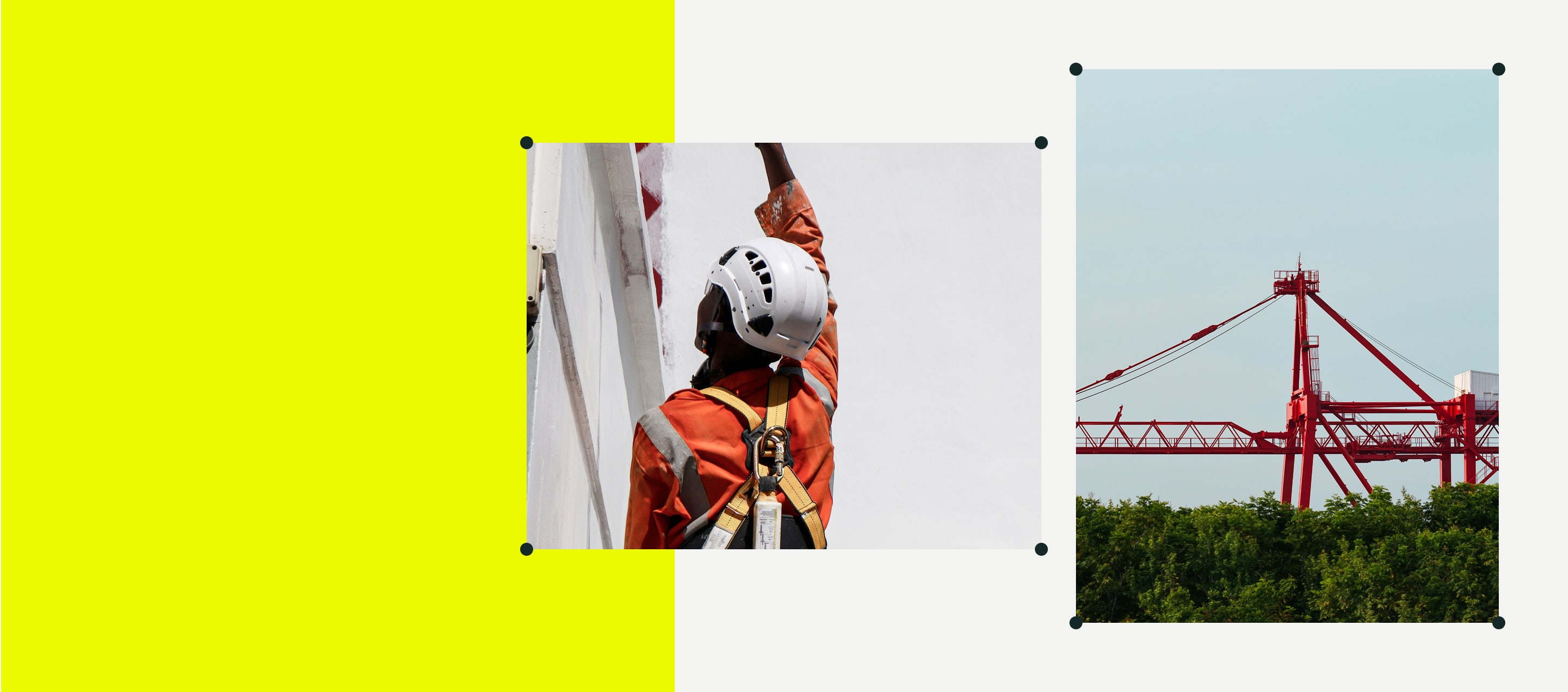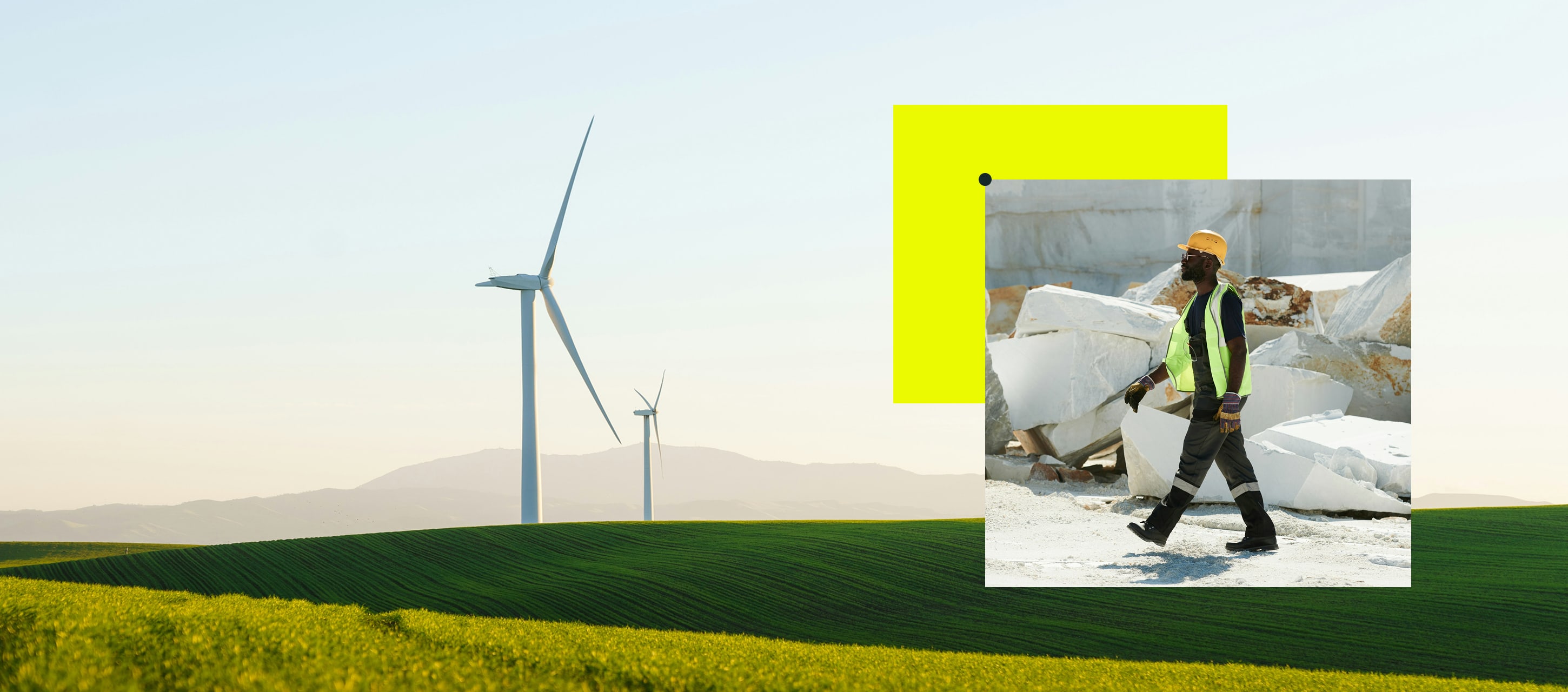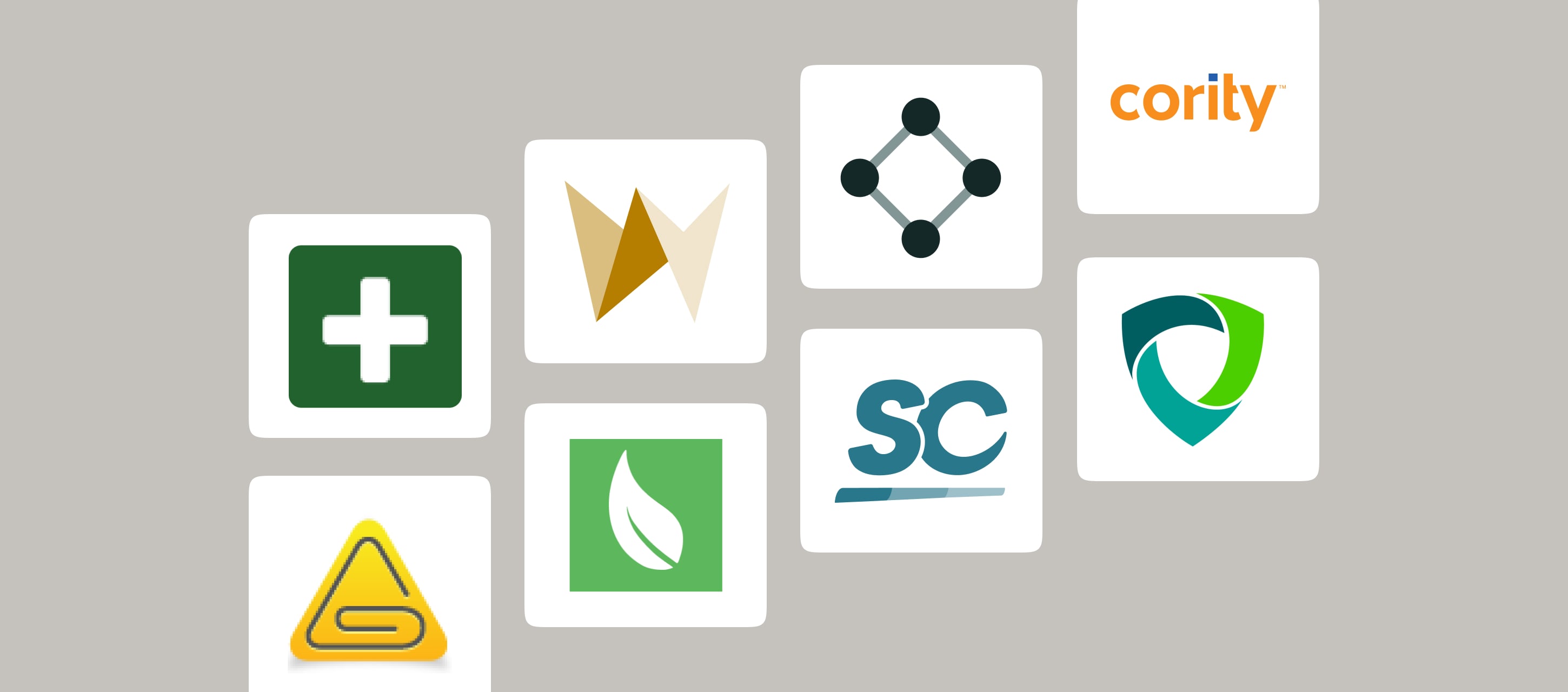A safe working environment doesn’t happen by accident.
To minimize the costs of workplace injuries and accidents, you need a clear safety plan integrated into your operations and culture. Here’s how you can make it happen.
Contents:
What Is a Safe Work Environment?
A safe work environment is a workplace that prioritizes the physical and mental well-being of its employees.
It’s more than just following rules – you need to create a space where people feel valued, protected, and equipped to do their best work.
Its Characteristics
Although different industries have unique risks and demands that shape what “a safe environment” looks like, some core characteristics remain universal:
- Compliance with Safety Regulations. Your guidelines should be practical in the first place. Are your team’s safety protocols straightforward and easy to follow?
- Training That Sticks. Hands-on practice, quick refreshers, and resources will help make sense for your day-to-day tasks.
- Fixing Problems Before They Happen. A safe workplace spots hazards early.
- Safety Gear You Can Actually Use. If safety equipment is hard to find or uncomfortable, it’s less likely to be used.
- Talking Safety Without Fear. Open communication makes all the difference, especially in environments where productivity and safety often compete.
- A Plan for the Worst. Fire drills, first aid stations, and evacuation plans save lives. But for them to work, you need to know them like the back of your hand.
And no, a “safe” environment isn’t always safe – because safety isn’t a fixed state. It’s a continuous effort of everyone inside your organization.
Example of a Safe Work Environment
Imagine a construction site where safety is prioritized alongside productivity. People attend daily briefings that outline tasks and potential risks, such as operating heavy machinery near uneven terrain. Everyone wears proper personal protective equipment – helmets, gloves, and reflective vests – suited to their tasks.
Hazards like loose tools or exposed wiring are addressed immediately because you do regular inspections. Emergency protocols are clearly posted, and the team practices evacuation drills quarterly. Most importantly, people feel empowered to speak up if they notice something unsafe without fear of being dismissed. You build a safety culture that lasts.
So, is it ideal? Sure. But is it impossible? Not at all. It’s a goal worth striving for – one step at a time.
5 Steps to Creating a Safe Work Environment
Creating a safe work environment doesn’t happen overnight. It takes a deliberate, ongoing effort from everyone in your organization. While the ultimate goal is to improve your workplace safety or protect people, here are five key actions to consider.
1. Build a Foundation
Safety grows from the top down, with a management commitment.
Think about how kids watch their parents. They don’t just listen to what you say – they mimic what you do. The same goes for your team at work. If leadership talks about safety but cuts corners when it’s inconvenient, how long do you think people will take those safety policies seriously? Probably not very long.
When you as an executive actively demonstrate safe behaviours – wearing proper PPE, addressing safety hazards immediately, or sticking to safety protocols – you show the team that safety isn’t just on paper; it’s a priority.
2. Spot the Risks
Spotting risks is one of the all-time health and safety trends. Hazards don’t wait for a convenient time to appear, so identifying and addressing them has to be an ongoing effort.
The primary hazards you should look for include:
- Physical: electrical issues, unguarded machinery, unstable structures, and trip hazards
- Chemical: exposure to hazardous substances, spills, and improper storage
- Biological: bacteria, biological agents, mold, and viruses
- Ergonomic: awkward postures, heavy lifting, and repetitive motion
- Psychosocial: harassment, stress, and workplace violence
Once identified, use a hierarchy of controls: Can you eliminate the hazard? Replace it with a safer alternative? Or isolate workers from it? Then, back these actions with inspection schedules, preventative maintenance, and clear documentation.
To streamline this process, consider using special software to identify and prevent hazards. These tools can help you track hazards, monitor corrective actions, and identify patterns that might otherwise go unnoticed – saving time and preventing costly risks. Fluix, Intelex, or SafetyCulture re good options.
Read More Read More Paper vs. digital: why it’s more secure to manage your safety documentation with software
3. Invest in Comprehensive Training
Detailed worker safety training is necessary for safe working conditions. It should include orientation, running toolbox talks, and ongoing training throughout employment.
New hire orientation training sets the stage regarding safety culture in the company. The process includes education on company-wide safety expectations, policies, and safety reporting procedures.
Go beyond onboarding with regular refresher sessions that cover regulation updates, incident reviews, and new safety practices. Tailor training to job-specific roles, and make it engaging through hands-on demonstrations, videos, and materials in multiple languages.
Software for safety training can help you with this. It can provide interactive modules, track progress, and adapt to various learning styles, making training more effective and engaging for your team.
4. Put People First
Workplace safety isn’t just about hard hats and fire drills. Stress, anxiety, and burnout can compromise well-being and field productivity just as much as physical hazards. Offer mental health resources, encourage open communication, and respect your team’s time off to promote balance.
A culture of care reduces absenteeism, lowers turnover, and boosts engagement. Happier employees are safer and more productive – because they feel supported and valued.
5. Keep Improving for a Safer Tomorrow
A safe working environment takes time to establish and will require ongoing work to maintain standards and practices. Companies must commit to continuous monitoring and improvement to ensure their safe practices remain effective and beneficial.
As with most things in business, monitoring requires having essential safety documents, paperwork, and risk assessments. A clear and defined record of incidents, injuries, and operational adaptations helps organizations evolve. A business must define and use a repeatable reporting process that can eliminate redundancies, ensuring clean data.
How to Build a Safe Working Environment with Fluix
A safe workplace depends on the development of safety protocols and practices, which rely on the documentation of historic incidents and patterns. Fluix is a cloud-based field productivity platform designed to streamline your operations by offering the right features:
- Customizable Forms and Checklists: Create tailored checklists for inspections, audits, or hazard reporting that align with your industry.
- Mobile Accessibility: Equip your team with the ability to access safety forms, incident reports, and training materials directly from the field.
- Automated Workflows: Simplify the process of reviewing, escalating, and resolving safety concerns by automating workflows.
- Real-Time Collaboration: Reduce delays in reporting for teams working in the field and in the office.
- Centralized Data Management: Keep all your safety documents, training records, and inspection reports in one secure, easily accessible place.
By improving hazard communication, increasing visibility, and holding everyone accountable, Fluix can empower you to create a safer, more productive working environment.







